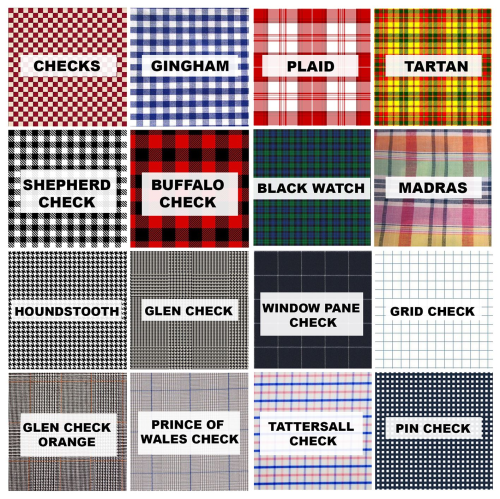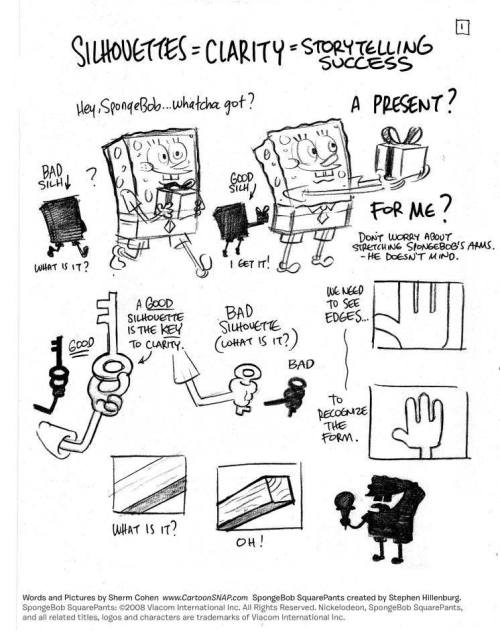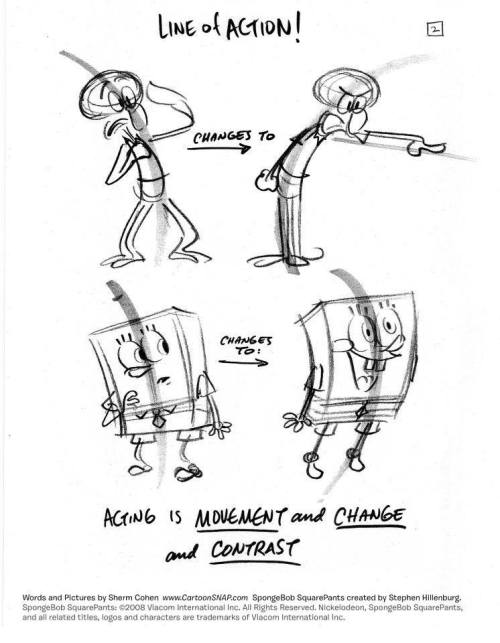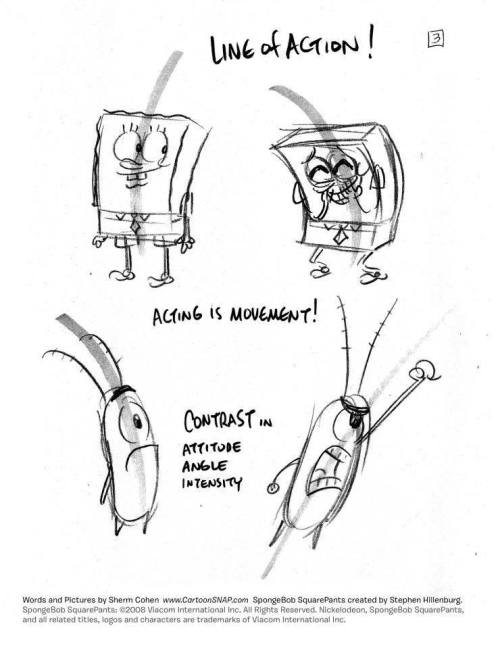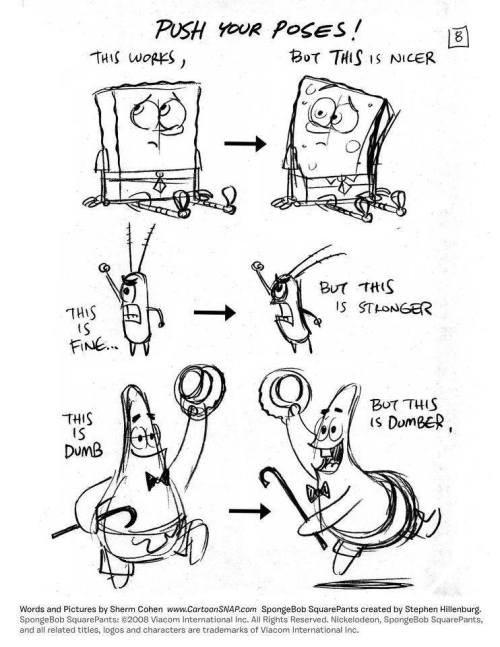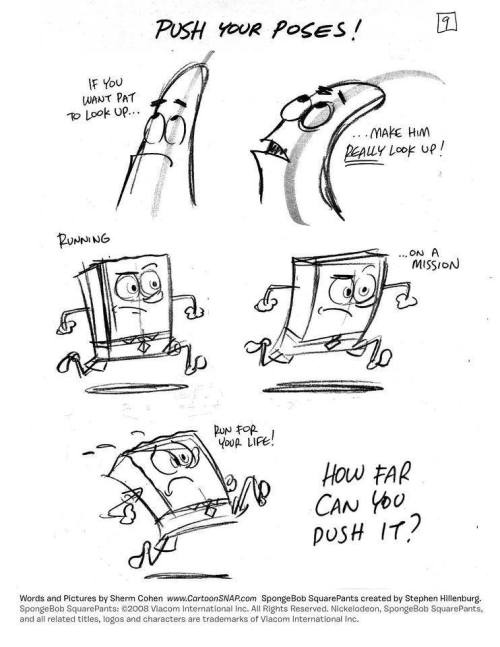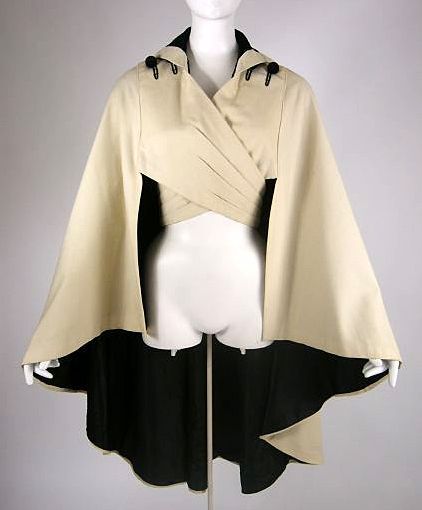Sleepy Boy
Sleepy boy
(via)
More Posts from Soupremeartressources and Others
i feel like people need to know about the absolute decadence of that one weird tesco express in bournemouth


what the fuck is actually going on
Transparent cube Breakdown thingy for art
Part two is here!!
The way light bends and behaves in a transparent cube always mess with my head and makes using photo references less helpful to me. So i bought one of those notes-holders that have a clear acrylic cube as a stand and took a bunch of photos!
Disclaimer (please oh my god read this disclaimer because i know you’re gonna skip this paragraph otherwise) - i dont remember anything about this from science class in high school. And googling “glass cube refraction/light” only gives me diagrams or stock photos that doesnt seem to explain the scenario i often see myself in with this. So be aware that what im writing in this post is mainly my own observations and me just trying to make sense of how the “insides” of a transparent cube behaves from an artists point of view, if you’re a physicist i apologise in advance for making up my own terms or use the wrong words etc. I will update this post if needed.
The “cube inside the cube” thing:

As shown in these three images, as i turn the cube sideways and then tilt it downwards, so we can see three sides of it, there is this smaller ‘cube’ inside that appears. Its not an actual cube, just an illusion of one due to how light bends inside it. I am pretty sure this mini cube is actually just the backside of each side.

Here is a similar set of photos of the cube in the same set of angles. But this time with a teal pen behind it. The pen is most visible through the ‘inner cube’ here. We can also see that the darker blue inner sides of the cube are more saturated in color.
Bright highlights


Notice how the opposite side inside of the cube is also lit up, as well as really saturated? It’s as if the highlight first hits the surface of the cube, and is then also lighting up the inside of it! But it doesnt seem to light up the whole “bottom” inner side.
Cube on a surface vs Suspended in the air


Now this here. This fucking thing here. Is why i struggle so much with using photo references of transparent cubes. If you look closely at the “mini cube” here, it changes when the cube is on a surface. The reason is because the underside is against the surface so it cannot be lit from below by the white paper. But isnt it interesting how this only seem to occur on the top of the cube and not on the sides? I don’t know why this is the case, i probably could find an answer if i had an actual prism cube of glass or better acrylic but those can be expensive.
In any case, i hope these photos will be of any use. The best thing you can do is to het an acrylic cube yourself and place it in the angle you plan to draw it in!

Your move!
From our 2018 @kickstarter with @adorkastock @jademacalla and @GadgieCAT13
Model me
Photographer: Blue
If you want to help support me and get awesome stuff like early access/polls & pose requests Become A Patron / DA Subscriber or you can check out my Ko-Fi store for exclusive stock!
Read My Rules Before You Use My Stock.
i hate that every time i look for color studies and tips to improve my art and make it more dynamic and interesting all that comes up are rudimentary explanations of the color wheel that explain it to me like im in 1st grade and just now discovering my primary colors
hot artists don’t gatekeep
I’ve been resource gathering for YEARS so now I am going to share my dragons hoard
Floorplanner. Design and furnish a house for you to use for having a consistent background in your comic or anything! Free, you need an account, easy to use, and you can save multiple houses.
Comparing Heights. Input the heights of characters to see what the different is between them. Great for keeping consistency. Free.
Magma. Draw online with friends in real time. Great for practice or hanging out. Free, paid plan available, account preferred.
Smithsonian Open Access. Loads of free images. Free.
SketchDaily. Lots of pose references, massive library, is set on a timer so you can practice quick figure drawing. Free.
SculptGL. A sculpting tool which I am yet to master, but you should be able to make whatever 3d object you like with it. free.
Pexels. Free stock images. And the search engine is actually pretty good at pulling up what you want.
Figurosity. Great pose references, diverse body types, lots of “how to draw” videos directly on the site, the models are 3d and you can rotate the angle, but you can’t make custom poses or edit body proportions. Free, account option, paid plans available.
Line of Action. More drawing references, this one also has a focus on expressions, hands/feet, animals, landscapes. Free.
Animal Photo. You pose a 3d skull model and select an animal species, and they give you a bunch of photo references for that animal at that angle. Super handy. Free.
Height Weight Chart. You ever see an OC listed as having a certain weight but then they look Wildly different than the number suggests? Well here’s a site to avoid that! It shows real people at different weights and heights to give you a better idea of what these abstract numbers all look like. Free to use.
-
 cookinggaming reblogged this · 2 days ago
cookinggaming reblogged this · 2 days ago -
 buffetlicious liked this · 4 days ago
buffetlicious liked this · 4 days ago -
 slitherynchiken liked this · 1 week ago
slitherynchiken liked this · 1 week ago -
 snowsoar liked this · 1 week ago
snowsoar liked this · 1 week ago -
 bestjeanistmonster-reblogs reblogged this · 1 week ago
bestjeanistmonster-reblogs reblogged this · 1 week ago -
 a-box-o-jills liked this · 1 week ago
a-box-o-jills liked this · 1 week ago -
 officialao3fandomlastforever reblogged this · 1 week ago
officialao3fandomlastforever reblogged this · 1 week ago -
 thedarkivist reblogged this · 1 week ago
thedarkivist reblogged this · 1 week ago -
 oxtcna liked this · 4 weeks ago
oxtcna liked this · 4 weeks ago -
 literallyeverythingisunfinished liked this · 1 month ago
literallyeverythingisunfinished liked this · 1 month ago -
 sweettsubaki reblogged this · 1 month ago
sweettsubaki reblogged this · 1 month ago -
 soupremeartressources reblogged this · 1 month ago
soupremeartressources reblogged this · 1 month ago -
 holmes-221b-bakerstreet reblogged this · 1 month ago
holmes-221b-bakerstreet reblogged this · 1 month ago -
 littlered-fangirl liked this · 1 month ago
littlered-fangirl liked this · 1 month ago -
 okami-zero reblogged this · 1 month ago
okami-zero reblogged this · 1 month ago -
 clockworkdragonffxiv reblogged this · 1 month ago
clockworkdragonffxiv reblogged this · 1 month ago -
 minnesota101 reblogged this · 2 months ago
minnesota101 reblogged this · 2 months ago -
 thewanderingroot liked this · 2 months ago
thewanderingroot liked this · 2 months ago -
 pandemoniumsplayground liked this · 2 months ago
pandemoniumsplayground liked this · 2 months ago -
 pandemoniumsplayground reblogged this · 2 months ago
pandemoniumsplayground reblogged this · 2 months ago -
 black-wulf reblogged this · 2 months ago
black-wulf reblogged this · 2 months ago -
 outofmylegelykwo reblogged this · 2 months ago
outofmylegelykwo reblogged this · 2 months ago -
 jcbmcdrmtt reblogged this · 3 months ago
jcbmcdrmtt reblogged this · 3 months ago -
 jcbmcdrmtt liked this · 3 months ago
jcbmcdrmtt liked this · 3 months ago -
 spookysweetsheart liked this · 3 months ago
spookysweetsheart liked this · 3 months ago -
 con--brio reblogged this · 3 months ago
con--brio reblogged this · 3 months ago -
 superboinkers-blog reblogged this · 3 months ago
superboinkers-blog reblogged this · 3 months ago -
 aelistenus reblogged this · 3 months ago
aelistenus reblogged this · 3 months ago -
 calyyypsooo liked this · 3 months ago
calyyypsooo liked this · 3 months ago -
 nixie-deangel reblogged this · 3 months ago
nixie-deangel reblogged this · 3 months ago -
 judeofberkeley reblogged this · 3 months ago
judeofberkeley reblogged this · 3 months ago -
 animenutcase reblogged this · 3 months ago
animenutcase reblogged this · 3 months ago -
 imadethisblogbecauseofmegacon reblogged this · 4 months ago
imadethisblogbecauseofmegacon reblogged this · 4 months ago -
 dariosapainting liked this · 4 months ago
dariosapainting liked this · 4 months ago -
 peacchidrops reblogged this · 4 months ago
peacchidrops reblogged this · 4 months ago -
 missmidnightsky liked this · 4 months ago
missmidnightsky liked this · 4 months ago -
 kleoskhaos reblogged this · 4 months ago
kleoskhaos reblogged this · 4 months ago -
 catwholurks reblogged this · 4 months ago
catwholurks reblogged this · 4 months ago -
 bodyyhell liked this · 4 months ago
bodyyhell liked this · 4 months ago -
 bodyyhell reblogged this · 4 months ago
bodyyhell reblogged this · 4 months ago -
 serendipityshow reblogged this · 4 months ago
serendipityshow reblogged this · 4 months ago -
 serendipityshow liked this · 4 months ago
serendipityshow liked this · 4 months ago -
 anonim0-irreal reblogged this · 4 months ago
anonim0-irreal reblogged this · 4 months ago -
 anonim0-irreal liked this · 4 months ago
anonim0-irreal liked this · 4 months ago -
 cryptobotanical reblogged this · 4 months ago
cryptobotanical reblogged this · 4 months ago -
 saturnskeyring reblogged this · 4 months ago
saturnskeyring reblogged this · 4 months ago -
 seabastian76 liked this · 4 months ago
seabastian76 liked this · 4 months ago
237 posts
